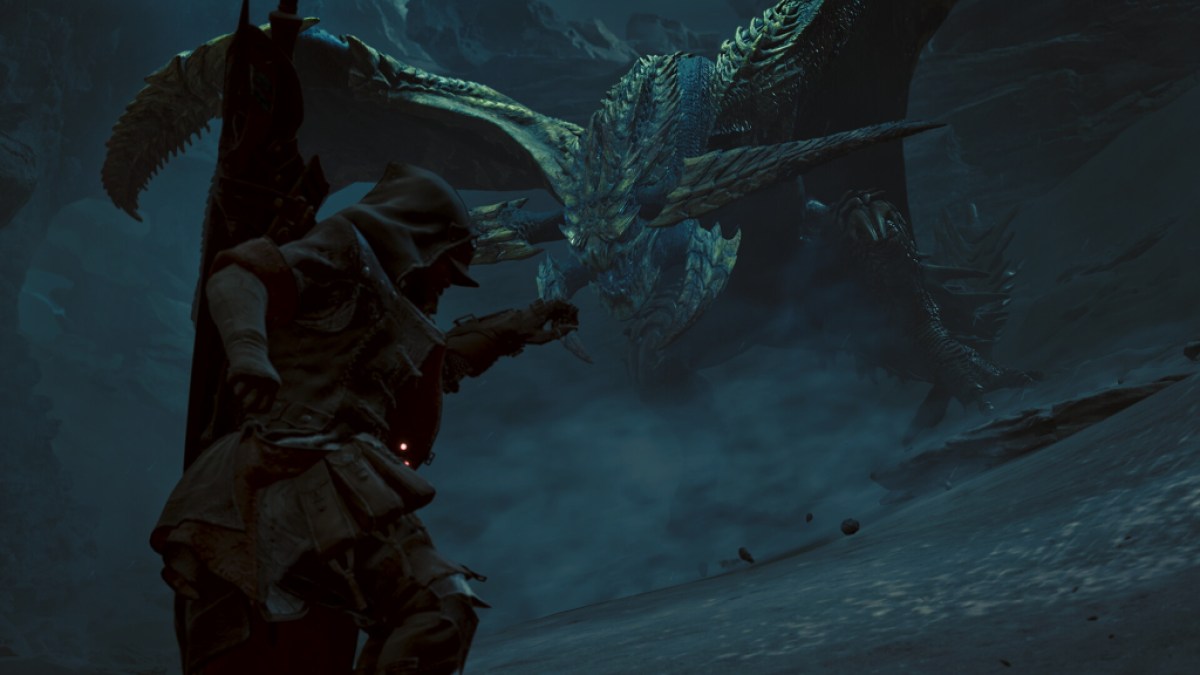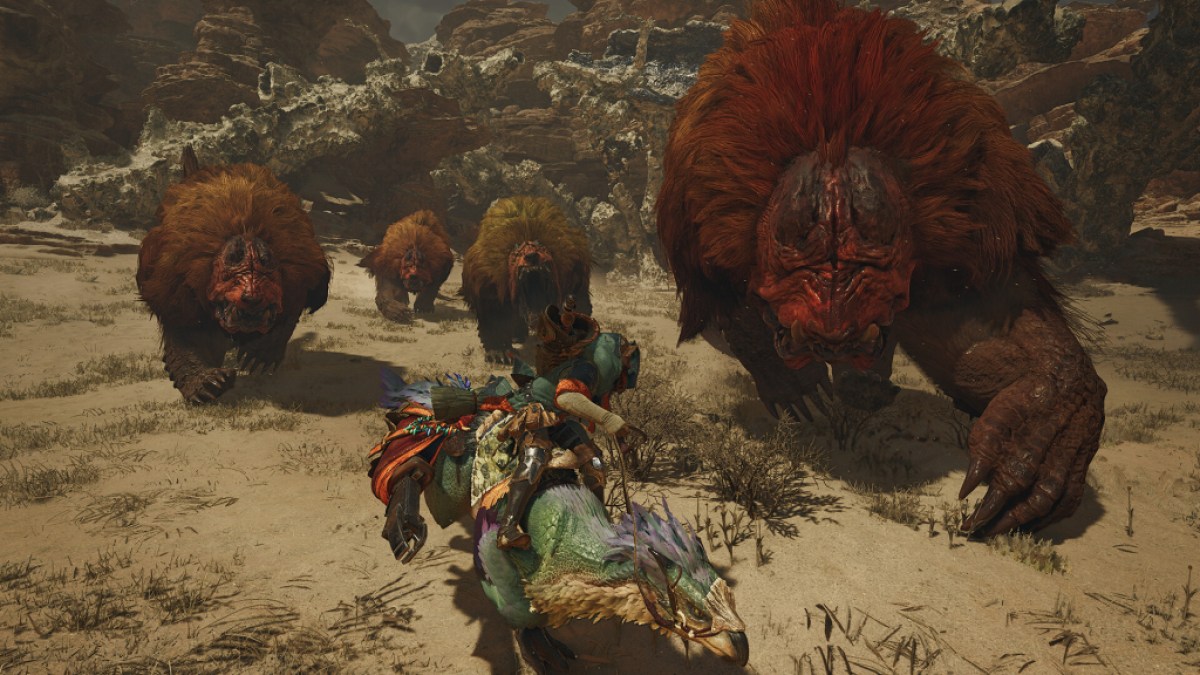Monster Hunter Wilds is the best the series has ever been, and frankly, that’s an impressive accomplishment after the highs of Monster Hunter World and Monster Hunter Rise. Wilds puts you not in defense of a specific new outpost or of a village, but on a journey to try and take one boy back home. It’s a complete change of pace to the usual Monster Hunter story, and it’s just so much better than any story we’ve had so far.
This isn’t just a tale of how one dude with a big sword killed a bunch of stuff, it’s one about saving a lost child, helping him learn more about the world, and finding his own place in it. Every mission has you and a few of your core group heading out to discover something and investigate the mystery at the core of the story, and most of them are intensely likeable. Werner isn’t, but that’s got to be intentional.
It helps that your Hunter actually talks for once too. That means you’re playing a customizable actual person in this amazing world, and not only do they talk, but they really know their stuff. There are several points where the Hunter’s knowledge is essential in overcoming the challenges ahead, not just their ability to hit things really good. They can still do that though. Actually, they can do that better than ever too.

While some of the over-the-top action from Rise is gone, it’s been replaced with a system that feels like a great compromise between World and Rise. The weapons are all familiar for those who’ve been fans of the series for a long time, but also have a few new moves and tricks that keep them feeling really exciting. You also get a new Focus Mode to muck around with that lets you hit wounds you create on monsters to not only perform a special attack, but also get more materials and sometimes stun the monster you hit. These can help you really control the flow of a fight, and because they often knock a monster down, can be a good chance to catch your breath.
Then you’ve got the Seikret, your new bird companion who will come to your aid as soon as you whistle and allow you to sharpen your weapons or heal on the go, but who can also carry a weapon for you. This sounds odd, but it means that you can take two weapons out with you on every hunt. I opted for a Charge Blade as my primary and the Bow as my secondary. While I used the Charge Blade and its monstrous attacks most of the time, a couple of the monsters really didn’t want me to be close to them, so the Bow and its new attacks allowed me to pick away at these beasts from a little bit further away. It just means you can be more flexible with less effort, which leads to far fewer hunts where you feel like your gear was the reason you got carted three times.
Then you’ve got various slinger ammo types and environmental things you can use to help you take down monsters, and either your Palico, some impressive AI hunters, or the big wide world of real people out there too. You don’t even have to track monsters down anymore, you can automate that all if you want to allow you to focus on just fighting, or just gathering the materials, all of which come pre-marked on your map. Whil there may be those who might feel as though it’s too hand-holdy, for me, at least, it just meant I could focus on fighting enormous beasts and upgrading my gear. While I did paintballing and hunting things in ye olden days, it really just meant more fluff to push through before the main reason anyone plays Monster Hunter… the monsters!

The monster designs this time around are awe-inspiring. Let’s talk about Lala Barina as a good example, as it’s been shown off plenty in the marketing. This graceful balletic spider zips around with perfect posture before shooting spores that can paralyze you or stabbing you with a well-placed claw. The characters in the game are sort of taken with the design too, which helps make everything feel that bit more alive.
Nearly every monster I fought was a delightful horror in every possible sense, and missions hunting them all flowed together to leave the main campaign feeling like a really well-run Dungeons & Dragons campaign, because everything has actual meaning for a change. It’s not just about fighting for the sake of it, every hunt in the main story is to defend yourself, or to help you investigate what’s actually going on in this strange world.
Every hunt actually feels like a necessity, at least until the end game, where things become a little more “Classic Monster Hunter.” It means that there are a few times during the story where you’ll dispatch a hard foe, only to have something far scarier turn up to finish the first monster off, or just because it feels like you’re heart rate is too low. You could easily play through the story never having done any of the usual grinding that allows you to get better gear, just so long as you’re skilled enough. You can always stop if you want to grind, but you don’t have to if you just want the story.
One of my few gripes with the game does come up in some of these story moments though. You’ll often find yourself surveying the scenery while riding to the next location, and while it’s nice to take everything in, it does sometimes feel a bit too restrictive when all you want to do is just explore and fight. It’s a minor issue, but it can help to ruin the game’s momentum from time to time.
Monster Hunter Wilds sands off a lot of the edges from the series, and while I was concerned that this could leave the game feeling frictionless and uninspiring, the addition of a really engaging story, some of the coolest monsters I’ve seen in any game, and the new systems all combine to make it just pure fun. It’s good for newcomers because of all the helpful parts, but veterans will be overjoyed with everything that comes after the credits, not to mention the wonders of having two weapons easily accessible. Monster Hunter Wilds is probably going to be my game of the year, and I’d be shocked if that’s not the case for a lot of other people too.
Monster Hunter Wilds releases for PC and consoles on Feb. 28. A review code for the game was provided by the publisher. Reviewed on PC.







